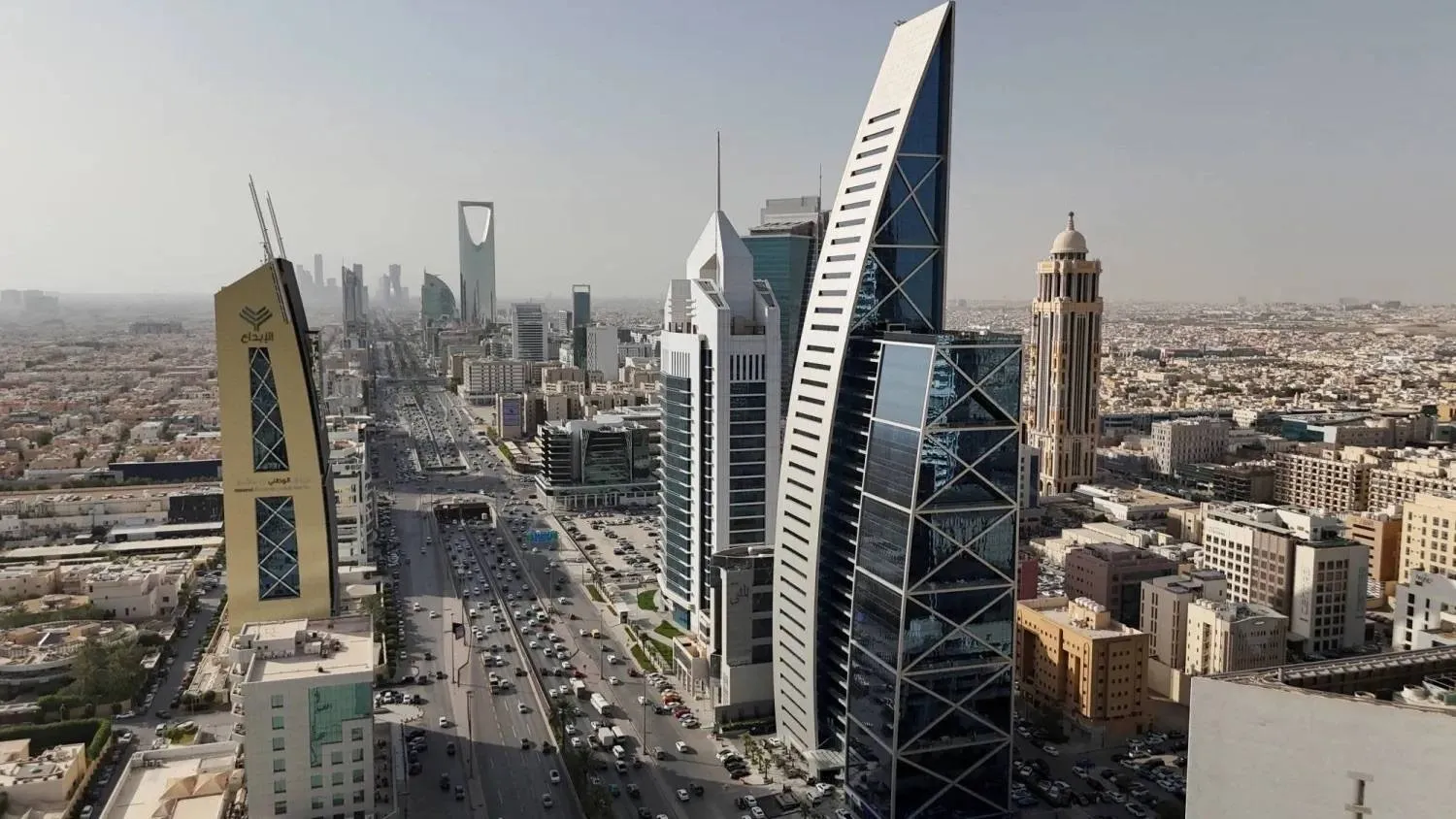The size of Saudi Arabia’s GDP, which reached $1.7 trillion in 2016, demonstrated that the Kingdom’s economy is on the right path as it advances the implementation of Vision 2030.
Vision 2030 is a unique transformative blueprint that aims to diversify and double the size of the Saudi economy, so it becomes one of the largest world economies. It also looks to establish a sustainable future in all fields.
Speaking at the second Financial Sector Conference in Riyadh, Minister of Finance Mohammed Al-Jadaan affirmed that the Kingdom has achieved remarkable results within the comprehensive development process, whose features were drawn by Vision 2030.
The progress took place under the directives of Custodian of the Two Holy Mosques King Salman bin Abdulaziz and the direct supervision of Prince Mohammed bin Salman, Crown Prince and Prime Minister.
Al-Jadaan opened on Wednesday the two-day conference organized by the partners of the Financial Sector Development Program, including the Ministry of Finance, Saudi Central Bank and Capital Market Authority.
Relationship with Iran
Al-Jadaan stressed that the re-establishment of Saudi-Iranian diplomatic relations paves the way for discussing opportunities for cooperation and investment between the two countries.
The minister noted that Iran is a neighboring country, and there are no obstacles that prevent normalization. He added that the Kingdom is committed to the principles of the recently concluded agreement with Iran.
Bank assets
According to Al-Jadaan, top achievements since the launch of Vision 2030 include Saudi Arabia becoming one of the fastest-growing financial markets worldwide.
Saudi banking assets have increased by 37% since 2019, reaching SAR3.6 trillion ($960 billion) by the end of last year. Moreover, the number of financial technology companies has risen from 20 in 2019 to 147 in 2022.
The minister added that the financial sector holds the key to the prosperity of the Kingdom’s traditional and digital infrastructure, and that ambitious goals have been set for the development of the financial sector.
International institutions
“The Kingdom is a reliable investor partner. In this regard, five international financial institutions have joined the local First Traders’ Program, where the Public Investment Fund issued the first-ever $3 billion international green bond in October; the second issue of $5.5 billion was completed last month, boosting the Kingdom’s successes,” said Al-Jadaan.
“Also, the National Development Fund (NDF) last year injected some $4 billion to support domestic and international investors to implement projects in the industrial, energy, mining, and logistics sectors,” he added.
E-Payments
The minister revealed that the percentage of electronic payments in the retail sector amounted to about 57% of the total transactions.
Furthermore, Al-Jadaan said that the number of small and medium sized enterprises (SMEs) has nearly doubled since 2016 as the share of bank financing going to SMEs reached 7.9 % and 45 % of SMEs are owned by Saudi women.
Al-Jadaan explained that the Kingdom today has strong economic and financial foundations, with an average inflation rate of 2.5 % in 2022. This figure is one of the lowest among G20 countries.
In addition, non-oil revenues reached 35% of expenditures in 2022.
GDP growth in 2022 reached 8.7 %, supported by a healthy growth in non-oil GDP, which amounted to 5.4 %.
Localization rate
Al-Jadaan also talked about the high rates of localization in the private sector.
“The Female participation rate in the labor market is now 37 %. Consumption is strong and home ownership has grown to a record 62 %, while real estate lending quadrupled since 2018,” he said.
Al-Jadaan said that the Saudi Privatization Program has a pipeline of over 200 projects in 17 targeted sectors, creating tremendous opportunities for investors.









